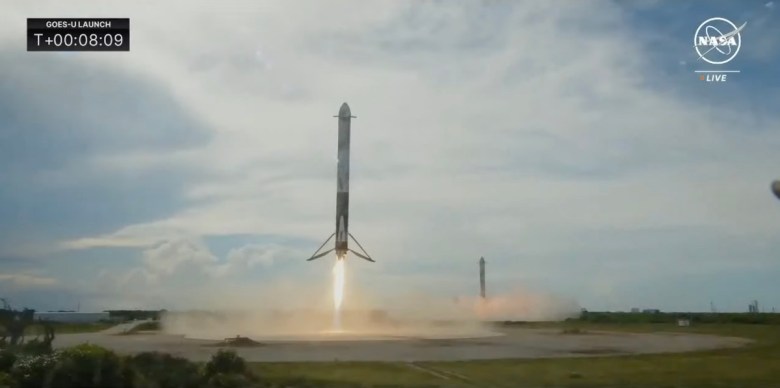Launch Roundup: Falcon Heavy Returns with GOES-U, Firefly Launches an Alpha
47 After a week in which Tropical Storm Alberto caused high seas, wind and rain-related delays to the launch schedule in Florida, SpaceX hopes to get back on track this week with launches planned for all three active launch pads of Falcon, including a Heavy Falcon. Towards the end of the week, the Japan Exploration
















